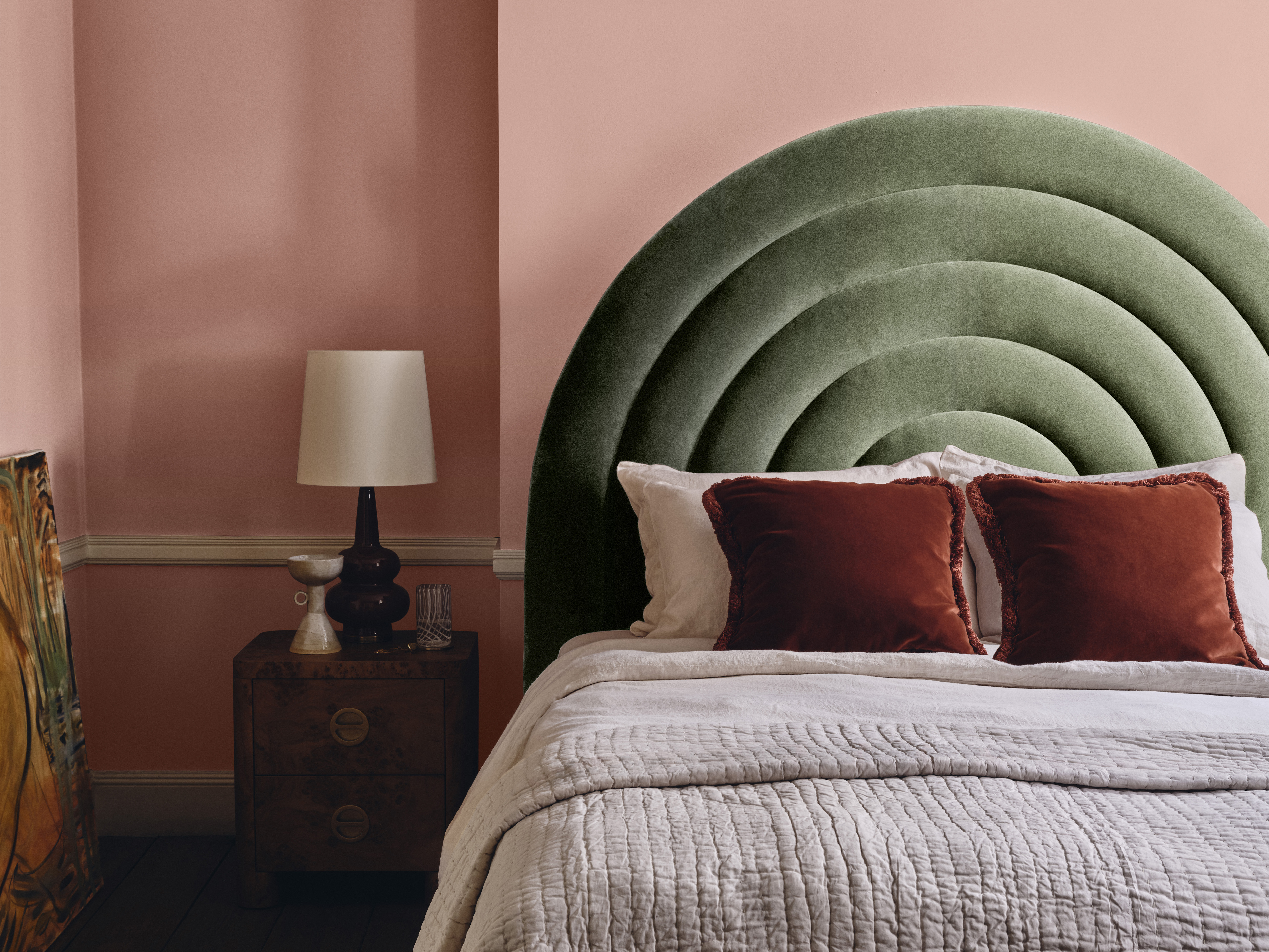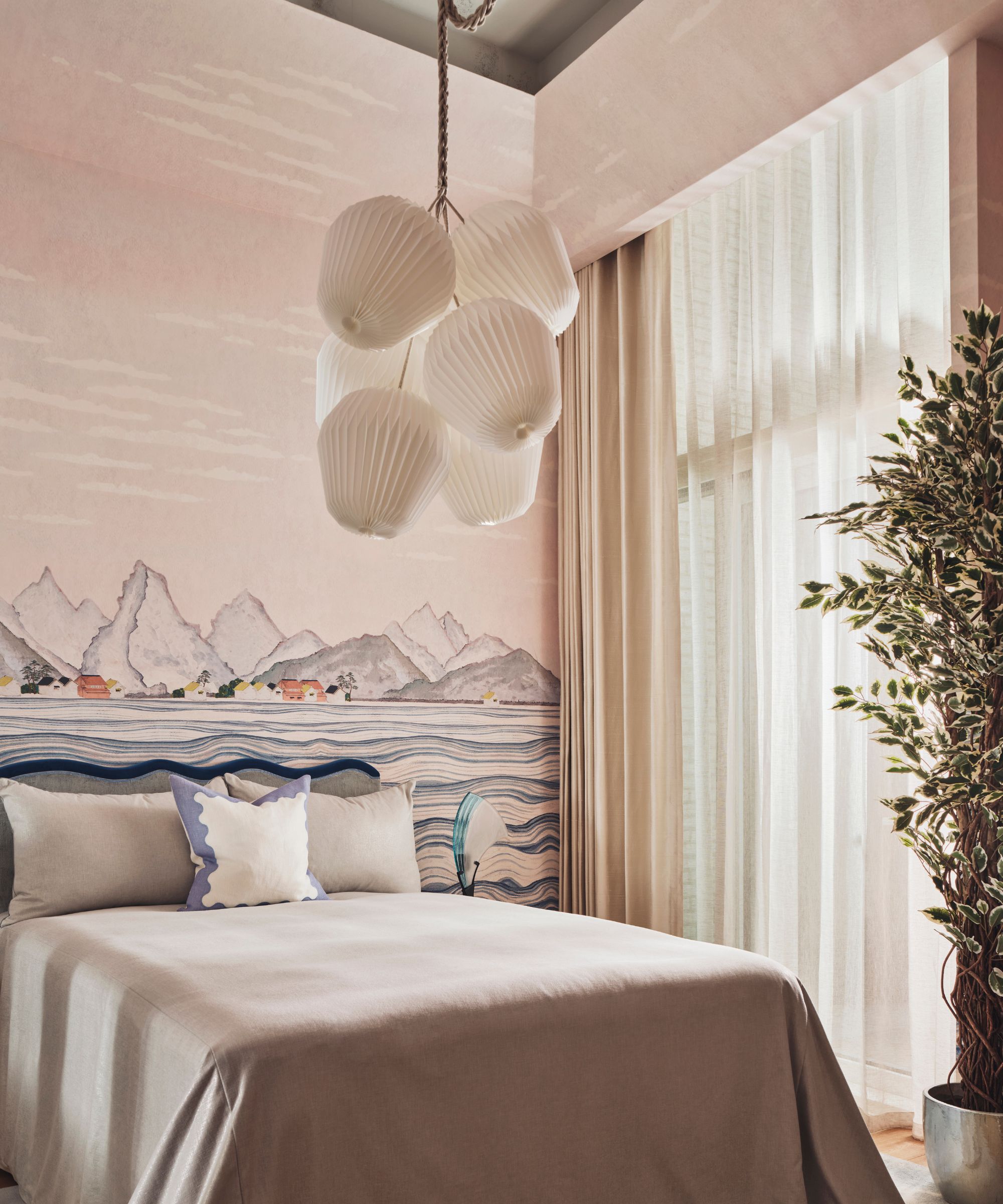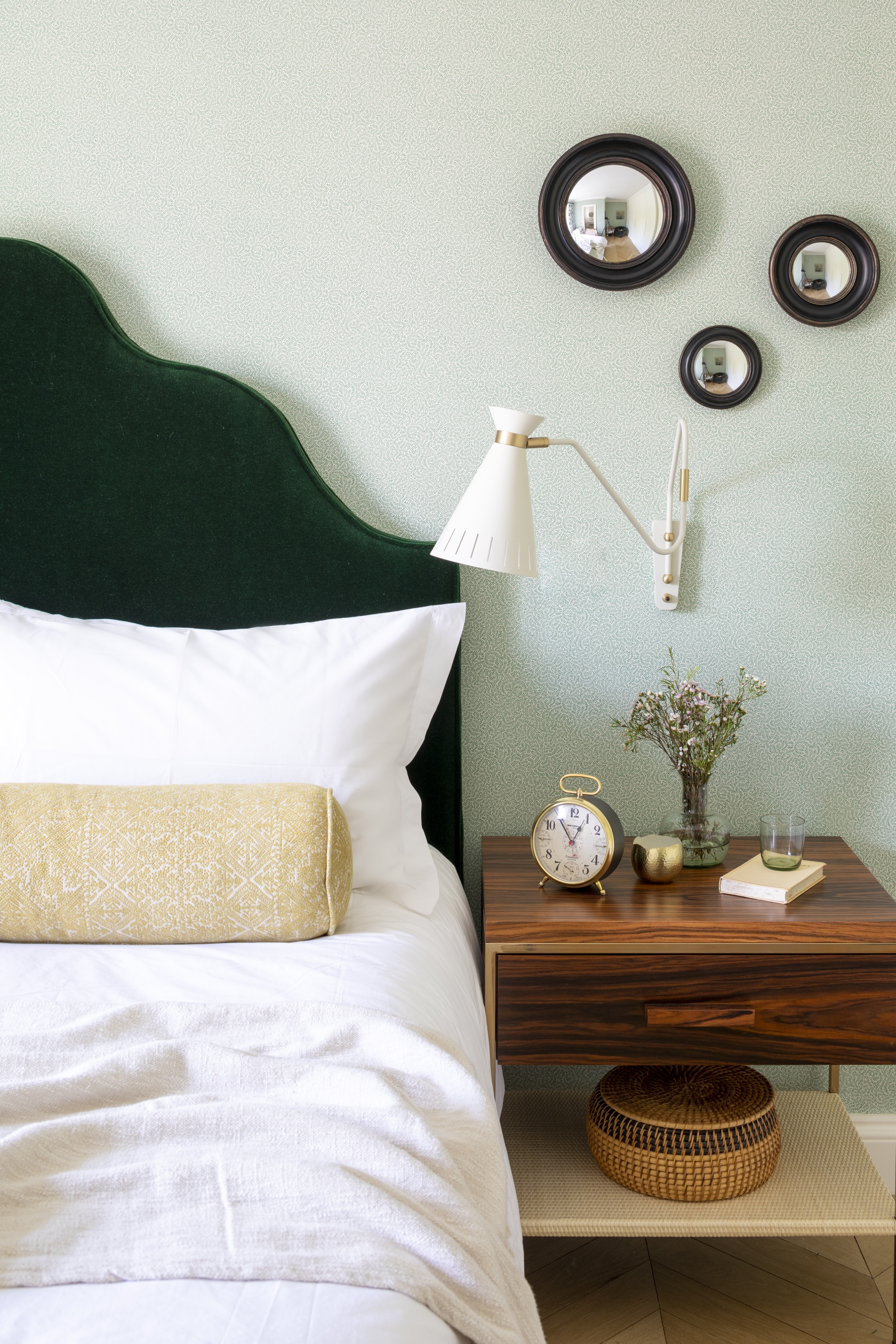I'm not a morning person – but this trick helps me get out of bed in 5 seconds
This psychologist-approved method has changed my mindset from the minute I wake up – and I use it every single day


Anyone who has had the pleasure of interacting with me pre-10am will know how I feel about mornings – and it's that I strongly dislike them. Like most teenagers, I remember how much I struggled to get out of bed when my alarm would ring for school, and now, in my early twenties, the problem very much remains.
The same joyous circle occurs every day (even on a weekend) when I set my alarm for a time that should allow me to leave the house with ease. Then, sure enough, I find I am still in bed at least 10 minutes past the time I set as the 'absolute cut-off point' I naively decided on the night before.
After a fast-forwarded, hugely chaotic morning routine, I find myself running into my office or my weekend breakfast plans, astonished with myself for oversleeping for the ninth year running.
While I have no problem following the advice on how to sleep better, the same cannot be said for waking up each morning. But being able to wake up efficiently will improve your mood, health, and wellness, so I was determined to learn how to get up without feeling so tired.
I had heard about which color wakes you up in the morning, but my rental agreement is very much opposed to yellow bedroom ideas, no matter how optimistic they may be. So, when I decided to address the issue, there was no escaping the fact that the change had to come from within.
The '5 second method' – and how it's changed my mornings
One Sunday morning, when I was scrolling on my phone in bed, I came across Mel Robbins' theory of The 5 Second Rule and quickly realized this could be the solution I so needed.
The rule that is explained in her book [available here on Amazon] is the idea that you have the instinct to act on a goal (or an unpleasant task) if you physically move within 5 seconds. If 5 seconds pass, your brain will remove the need, and you are less likely to act as time goes on.

After debating the unpleasant idea of getting up in 5 seconds, I decided to bring the theory into my life as a trial.
I will admit that this idea is probably most effective when acting on something when you are already awake, such as on a certain house chore or an email you're putting off. I decided to try a softer approach, to begin with (because who can really go from being asleep to standing up in 5 seconds)?
In my experiment, I allowed myself to turn off my alarm and acclimatize with reality for a few moments before starting the countdown. After picking up the basics, like the fact I am awake and the day of the week, I started to count down from 5.
On the count of 1, I got out of bed and began my morning routine, and I was surprised at how stable I felt. For the following week, this experience repeated itself, and I was able to leave my best bed sheets without hitting snooze, browsing Instagram, or having an internal crisis at how much I wanted to stay under the covers.

My bedroom ideas are reformed, and while I say that I will never love mornings, this mindset makes them feel notably more seamless. To Caroline Madden, Ph.D., a therapist, and author, my results are unsurprising.
'The 5-second rule is perfect for this type of thing,' she says. 'You physically get up and start to take action before your mind (or depression or anxiety) can talk you out of it. You know you should do something, but then you decide to wait for the right moment, or after you do something else, and before you know it, you're doom-scrolling on your phone.'
Instead of scrolling or snoozing, I used my extra time to get ready with ease – and leave my home in a more organized way for when I return. And the most surprising part of this more relaxing bedroom idea is how satisfied I felt for the rest of the morning.
'The five-second method is gamification. It creates a sense of competition against yourself and your tiredness. It also lets you 'keep score' throughout the week because it's cut and dry whether or not you "won" the game that morning,' explains Nolah's certified sleep science coach Stephen Light, who also commented on my new habit.

'The five-second method relies on urgency and instinct. Giving yourself just five seconds to act on a goal, in this case, getting out of bed – doesn’t leave room for hesitancy,' Stephen adds.
'You can apply the five-second method to all sorts of tasks, but it works especially well for getting out of bed; it’s something you know you need to do eventually; you just need help motivating yourself to do it sooner rather than later.'
I may even bring this rule beyond the bedroom, too. Will you?
Sign up to the Homes & Gardens newsletter
Design expertise in your inbox – from inspiring decorating ideas and beautiful celebrity homes to practical gardening advice and shopping round-ups.

Megan is the Head of Celebrity Style News at Homes & Gardens, where she leads the celebrity/ news team. She has a history in interior design, travel, and news journalism, having lived and worked in New York, Paris, and, currently, London. Megan has bylines in Livingetc, The Telegraph, and IRK Magazine, and has interviewed the likes of Drew Barrymore, Ayesha Curry, Michelle Keegan, and Tan France, among others. She lives in a London apartment with her antique typewriter and an eclectic espresso cup collection, and dreams of a Kelly Wearstler-designed home.
-
 Ina Garten's storage pantry is an insightful window into all of the best cookware used by the chef – and it's easy to recreate on your kitchen shelves from $48
Ina Garten's storage pantry is an insightful window into all of the best cookware used by the chef – and it's easy to recreate on your kitchen shelves from $48The beautiful dishware in The Barefoot Contessa's Hamptons pantry showcases the tools she uses most often to cook – this is exactly how you replicate it
By Sophie Edwards Published
-
 Extend the lifespan of your appliance with 5 simple but crucial washing machine maintenance tips
Extend the lifespan of your appliance with 5 simple but crucial washing machine maintenance tipsFrom cleaning the filters to keeping the door open, experts reveal the washer tips they swear by
By Andy van Terheyden Published